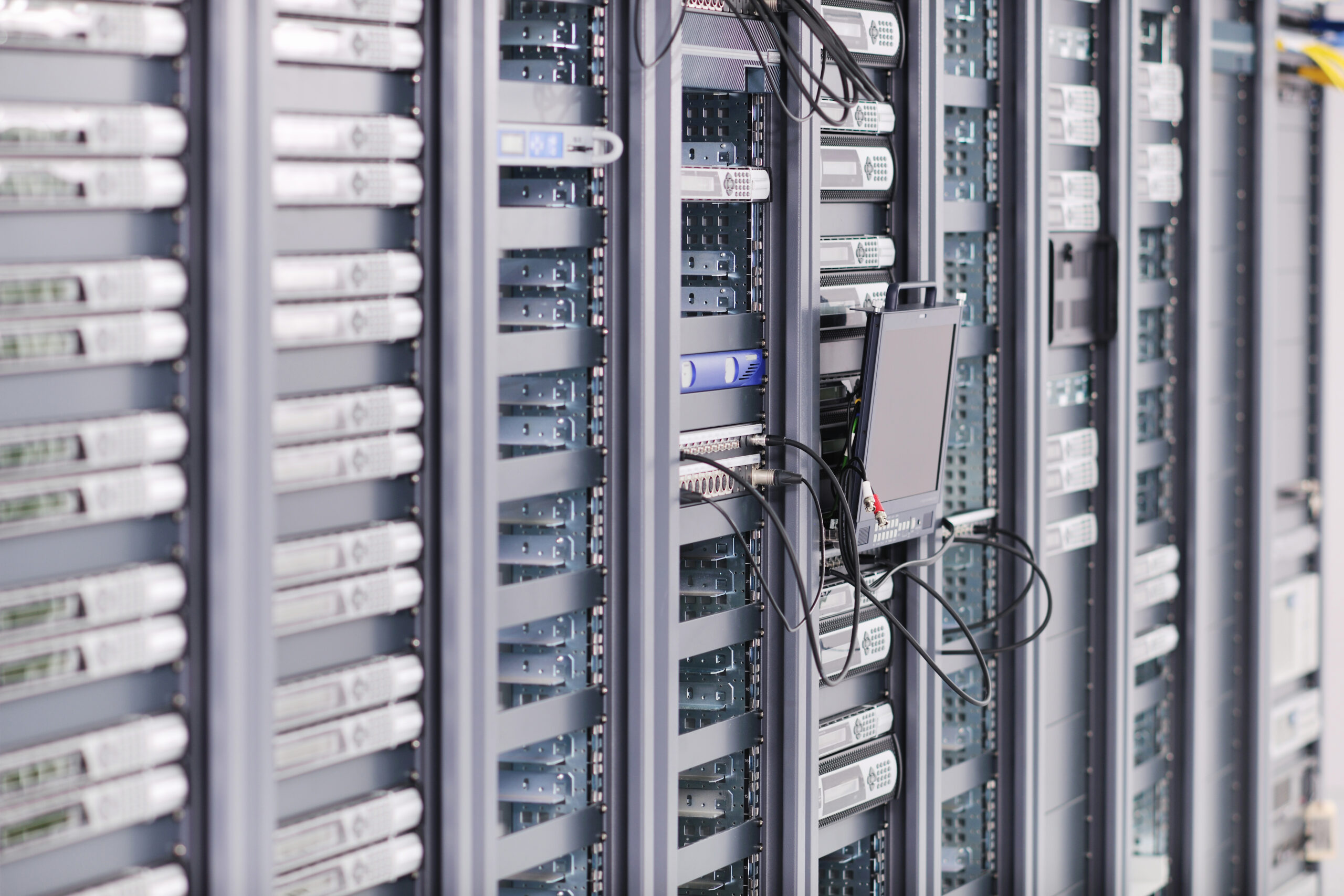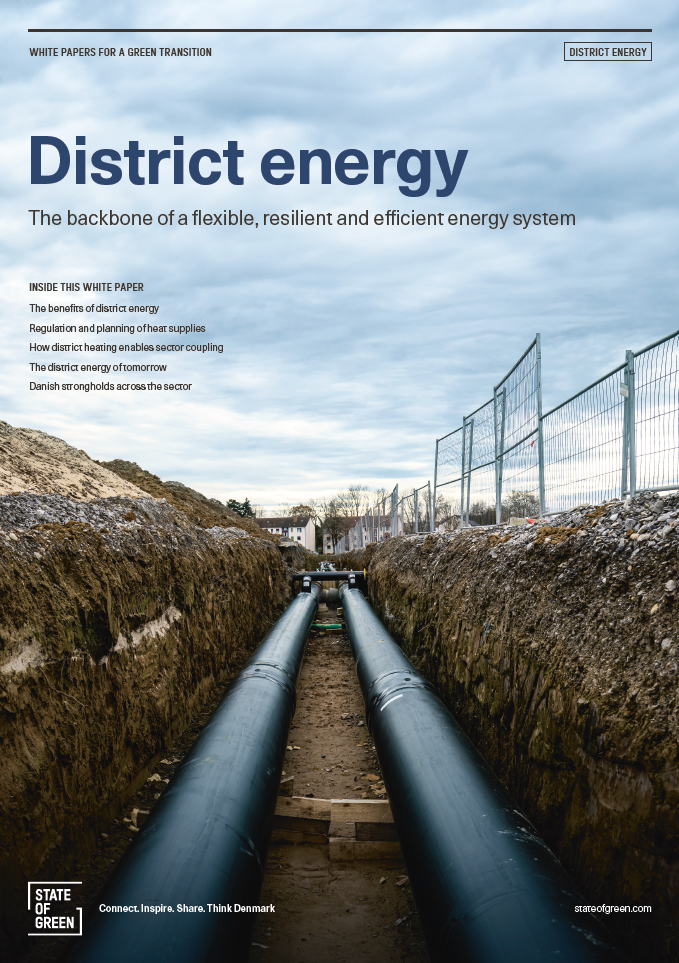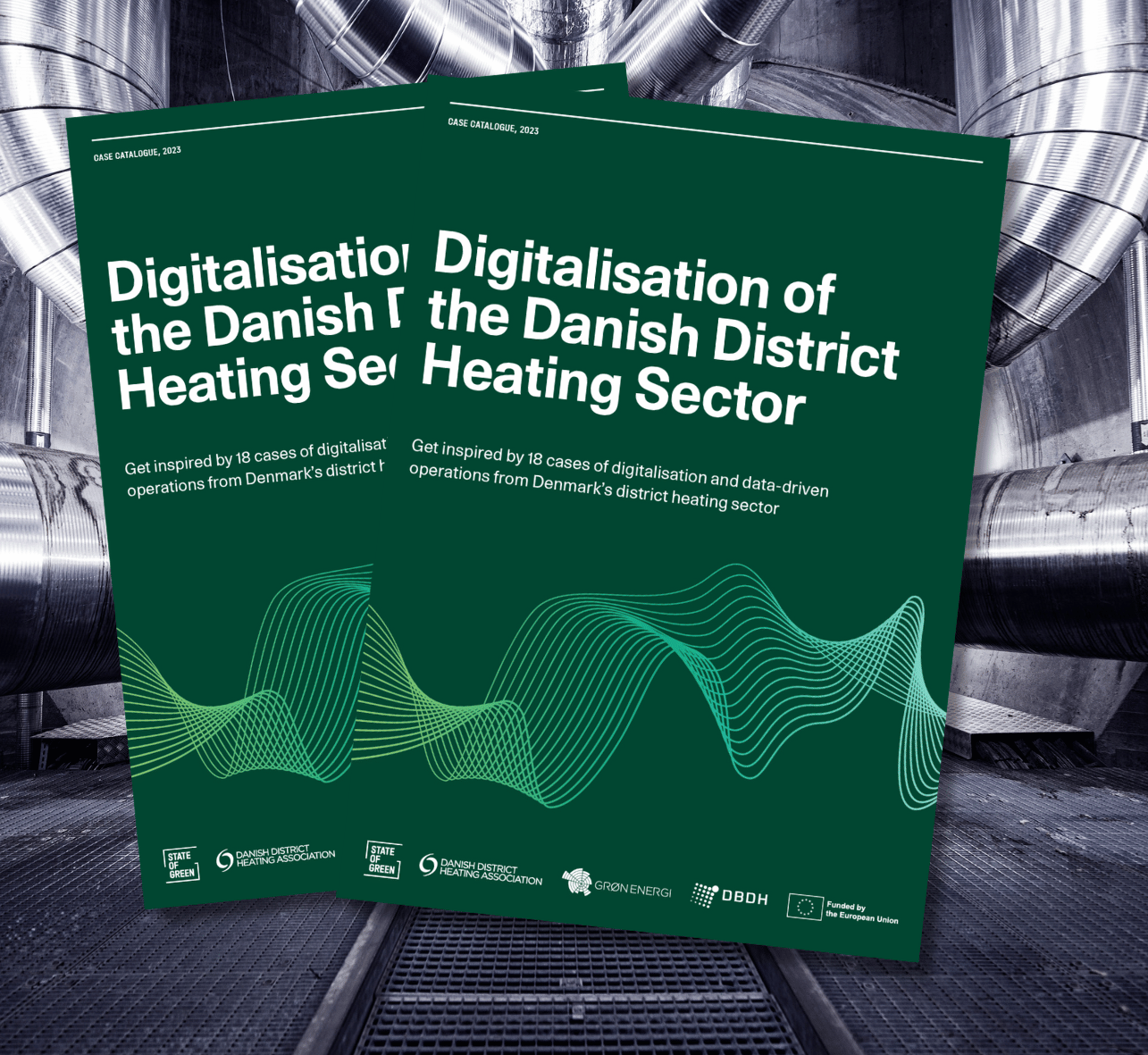Download our publication on district energy
Discover our white paper on district energy – the backbone of a flexible, resilient and efficient energy system.
Explore the publicationPerspective
District energy
Digitalisation
District heating
+2



Discover our white paper on district energy – the backbone of a flexible, resilient and efficient energy system.
Explore the publicationFor the full benefits of a district heating system to be reaped, it must be geared towards the optimum interaction of energy sources, distribution and consumption. This requires data collection and smart system management across the entire value chain – from planning, procurement and production to distribution, consumption and customer interaction.
Why digitalisation?
The relevance of digitised and AI-based tools in district energy becomes clear when considering the complexity of designing and managing modern district heating systems. Transitioning from the single heat source model to one with diversified sources, including intermittent renewables and waste heat, combined with the upgrade to a sector-coupled energy system, is no small feat.
To this end, digital solutions can help optimise production costs and planning through weather forecasting, customer demand estimation and electricity price analysis. By doing
so, heating systems can adequately respond to energy and price fluctuations. Additionally, digital twins and prescriptive analysis enable district heating companies to consider different scenarios or options for investment, production, planning and maintenance, thereby mitigating uncertainties.
Data-driven and digitalised operation benefit both providers and consumers. For instance, district heating companies can utilise data from remotely read heat meters for temperature optimisation, thereby reducing network losses by 5-10 percent as well as consumer prices. Companies can also minimise the investment required to convert gas customers to district heating, as remotely read data enables better utilisation of the existing distribution system and installations.
Towards a greener, more digitised utilities sector
Today, more than 60 percent of district heating companies in Denmark use hourly or daily data from meters in their operations, even though they are only required to read meters once a month for billing purposes. Most district heating companies can share this high-quality data with their customers without additional costs.
The digitisation of the district heating and utilities sector is supported by the Danish government. In 2022, the government presented a new strategy for digitisation across all areas of society. Among other things, the strategy focuses on transparency and data protection towards better utilisation of digital resources and infrastructure across value chains and different utilities.
Ultimately, such efforts can generate significant savings. A conservative estimate in Denmark is that increased use of data for the district heating sector has a saving potential of approximately EUR 134 million annually.

Together with the Danish District Heating Association (DDHA), Danish Board of District Heating (DBDH)
and the think tank Brundtland (formerly Grøn Energi), we have assembled a catalogue showcasing
how the Danish district heating sector is approaching digitalisation across the entire value chain. Get
inspired by 18 cases of digitalisation and data-driven operations from Denmark’s district heating sector.
solutions
Combined heat and power production
+6
solutions
Energy efficiency in buildings
+2